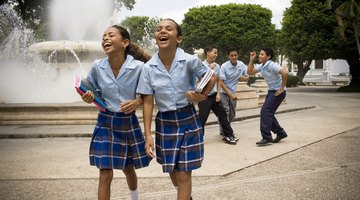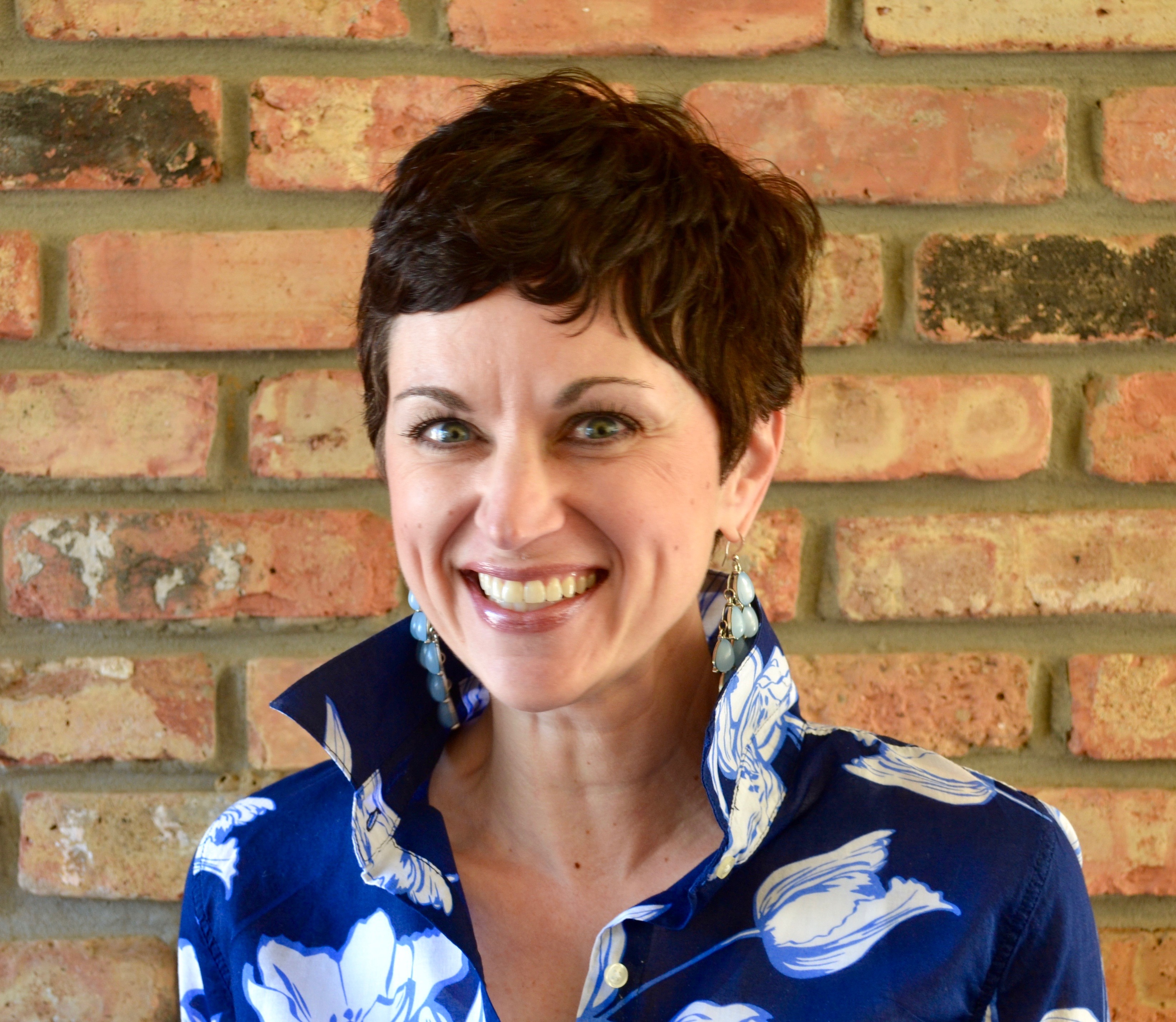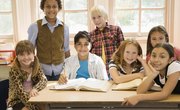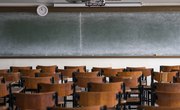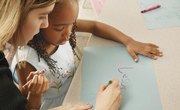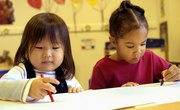Puerto Rico, also known as the Commonwealth of Puerto Rico, is a group of islands located in the northeast section of the Caribbean Sea. While these islands may seem like another country, Puerto Rico is a territory of the United States. Residents of Puerto Rico are American citizens.
As of 2018, Puerto Rico has a population of about 3.2 million people. However, the population is in decline. Over the past 10 years, the population has been shrinking. The largest decline, a reduction of 3.9 percent, happened after hurricane Maria devastated the islands in 2017.
A group of islands is known as an archipelago. The islands of Puerto Rico are made up of the largest island, the main island of Puerto Rico, and several smaller islands including Vieques, Culebra and Mona.
While Puerto Rico is a Caribbean island, one may not expect it to be so similar to the United States. Since Puerto Rico is a territory of the United States, there are many things that are modeled after and created in a similar way. For example, education in Puerto Rico compared to the United States has many similarities.
An Overview of Education in Puerto Rico
Puerto Rico has its own Department of Education and Puerto Rico Education Council which oversee the entire education process for the territory. The Department of Education supervises the primary and secondary education system. The Puerto Rico Education Council oversees the development and administration of academic standards for the education system.
Similar to the mainland United States, education in Puerto Rico is compulsory between the ages of 6 to 17, which means that school-aged children must attend school. As compared to the United States, education in Puerto Rico is comprised of elementary, intermediate and high school grades. Additionally, students in both the United States and in Puerto Rico, may attend either private or public schools.
Schools in Puerto Rico
There are over 1,500 public schools in Puerto Rico and about 500 private schools. There are also many colleges and universities in Puerto Rico including the American University in Puerto Rico, the Conservatory of Music of Puerto Rico and the Ponce School of Medicine.
Elementary, intermediate and high schools are categorized by the area in which they are located. Schools are either classified as either urban or rural. The urban schools focus education on manual training, agriculture of the territory and home economics. Students in these schools also focus on health and physical education and learn the English language along with their native Spanish.
The rural schools focus on vocational education including trade and manual skills. These schools also teach agriculture, local industry, trade skills and crafts. The intent of the focus on trade and skills in the rural schools is to help grow the local economies in which these schools are located.
Students in Puerto Rico
Of the approximately 1,500 public schools in Puerto Rico, there are approximately 411,000 students attending school. The vast majority, 97 percent are Puerto Rican and about 28 percent of the total population of public school students are identified as having a disability.
Education in Puerto Rico Compared to the United States
Since Puerto Rico is a United States territory, it should not come as a surprise to see many similarities between the two school systems. Much of what is done in Puerto Rico has been structured in a way that is similar to the United States. However, there are also some differences when comparing education in Puerto Rico and the United States.
As in the United States, education at the elementary, intermediate and high school grades, in a public school is free in Puerto Rico. If families prefer to send their children to a private school, they must pay tuition. This structure is the same for both the United States and in Puerto Rico.
However, in the United States, the primary language used in school is English. Often times, a secondary language is taught in the United States and that is usually Spanish or French. In Puerto Rico, the primary language used at all levels of education is Spanish. Opposite of the United States, in Puerto Rico, the secondary language taught is English.
Graduation Rates
One significant difference between education in Puerto Rico and the United States is the graduation rate. According to the census in 2010, 60 percent of the Puerto Rican population had attained a high school diploma and 18 percent had attained a bachelor’s degree or higher. In the United States, the current high school diploma rate is close to 85 percent.
Additionally, the United States tends to have a larger population of people graduating from college. According to recent statistics, in 2012, about 59 percent of students in college graduated with a degree within six years.
However, it is very important to keep in mind that the United States and Puerto Rico have a significant difference in size. Puerto Rico has population of about 3.2 million people compared to the United States which has a population of about 330 million.
Puerto Rico School Schedule
It shouldn’t come as much of a surprise to see significant similarities between the school calendar in Puerto Rico and the United States. Puerto Rico is a United States territory and shares many of the same holidays which impact the school calendar.
For the 2018 to 2019 school year, the first day of school in Puerto Rico was Monday, August 13. There is a break in November around the time of Thanksgiving followed by a long break in December through early January. This holiday is aligned with the United States holidays that celebrate Christmas and the New Year.
The school calendar in Puerto Rico also have a spring holiday similar to the United States. For the 2018 to 2019 school year, students enjoyed Spring Break from April 15 to 19. The last day of school this year in Puerto Rico will be on Friday, June 7.
Puerto Rico School Hours
When comparing the education system in Puerto Rico and the United States, further similarities are found in the structure of the school day. Puerto Rico school hours are similar to the United States. In Puerto Rico, the school day begins around 8 a.m. and ends around 3 p.m.
Another similarity between the education system of Puerto Rico and the United States is the school lunch program. The Department of Education in Puerto Rico offer students in public school breakfast and lunch during the day. However, the Puerto Rico school lunches are free. In Puerto Rico, school day meals for all students are completely free. There is also a program to offer students these meals during the summer when not in school.
This program is contrasted by the Free and Reduced Lunch program offered to students in the United States. Students in U.S. public schools may be eligible for free or reduced cost breakfast and lunch if they meet the threshold for financial need. If a need is not present, students must pay full price for the meals.
Puerto Rico Content: What Do They Study?
Whether urban or rural, elementary or high school, there is a specific curriculum implemented throughout Puerto Rico. Again, when comparing education in Puerto Rico and the United States, you will find many similarities in the content that students are taught.
Preschool and Kindergarten
Educational opportunities for young children ages 3 to 5 are offered in Puerto Rico. This level of education is not required; therefore, it is typically not offered through the public school system. Rather, as in the United States, preschool options are usually offered in private settings and also through faith-based institutions. Families must pay for these services.
The focus of preschool is predominantly social in nature. The setting provides childcare for families while providing structured play and early learning opportunities for young children.
Kindergarten is also provided for students in Puerto Rico. While also not compulsory, this level of schooling is provided by the public school system at no cost to families. In Puerto Rico, and similarly in the United States, kindergarten is designed to serve as a preparatory year between preschool and elementary school.
While this year still has a social focus, students in Puerto Rico’s kindergarten classes will also learn about social studies, Spanish language arts, science, math and health and safety.
Primary School
The primary school years is when education becomes compulsory. School-aged children between the ages of 6 to 17 must attend school. The primary school ages are comprised of grades first through sixth. During these years, students learn information that builds upon what they learned the previous year and content becomes increasingly complex.
During the primary school years, instructional content will focus on Spanish language arts, math and science which includes life and earth science. Additionally, students will learn about social studies including history, local government and geography. Art, music, health and physical education are also incorporated into the curriculum.
All of the content taught during the school day is done by one teacher. Similar to the United States, students at the primary school level are in class throughout the day with the same teacher for all subjects.
Intermediate School
The intermediate level of school is compulsory and incorporates grades seventh through ninth. Students in these grades are generally ages 12 to 15. The intermediate school curriculum is generally the same at the primary school curriculum but things become increasingly more complex and advanced.
Language arts at this level incorporates more writing and students study different literature. Additionally, foreign language is introduced at this level. The focus of the history content is broadened to include world history, and the art curriculum now includes dance and theater.
Similar to the United States, at the intermediate level in Puerto Rico, students are introduced to content-based teachers. Students may have a different teacher for each course subject and may even physically move to different classrooms for each subject.
High School
Also known as Upper Secondary School, this level of education in Puerto Rico serves students in grades ten through twelve. Students in these grades are usually ages 15 to 18. While students are only required to attend school through the age of 17, staying through the twelfth grade will ensure the student earns a high school diploma. As in the United States, having a high school diploma ensure better career options and is needed for college admissions.
Content at the high school level becomes increasingly more challenging and is aimed at preparing students for post-school opportunities including college or careers. High school students can expect to study algebra I and II, trigonometry, pre-calculus and geometry. Additionally, students may be introduced to psychology and further study of biology, chemistry and art.
Post-Secondary Options
As in the United States, Puerto Rico offers students post-secondary educational options. There are four levels of degrees offered as the post-secondary level; however, not every institute of higher education offers all four. Students may pursue an associate degree, a bachelor’s degree, a master’s degree or a doctorate.
Lastly, Puerto Rico offers adult-level educational options for those seeking specific careers or trades. Schools are available for training in the areas of secretarial work, technology, television repair and business. The Puerto Rico school system is comprehensive and provides diverse educational opportunities for students of all ages.
Related Articles
References
Writer Bio
Melanie Forstall has a doctorate in education and has worked in the field of education for over 20 years. She has been a teacher, grant writer, program director, and higher education instructor. She is a freelance writer specializing in education, and education related content. She writes for We Are Teachers, School Leaders Now, Classroom, Pocket Sense, local parenting magazines, and other professional academic outlets. Additionally, she has co-authored book chapters specializing in providing services for students with disabilities.

